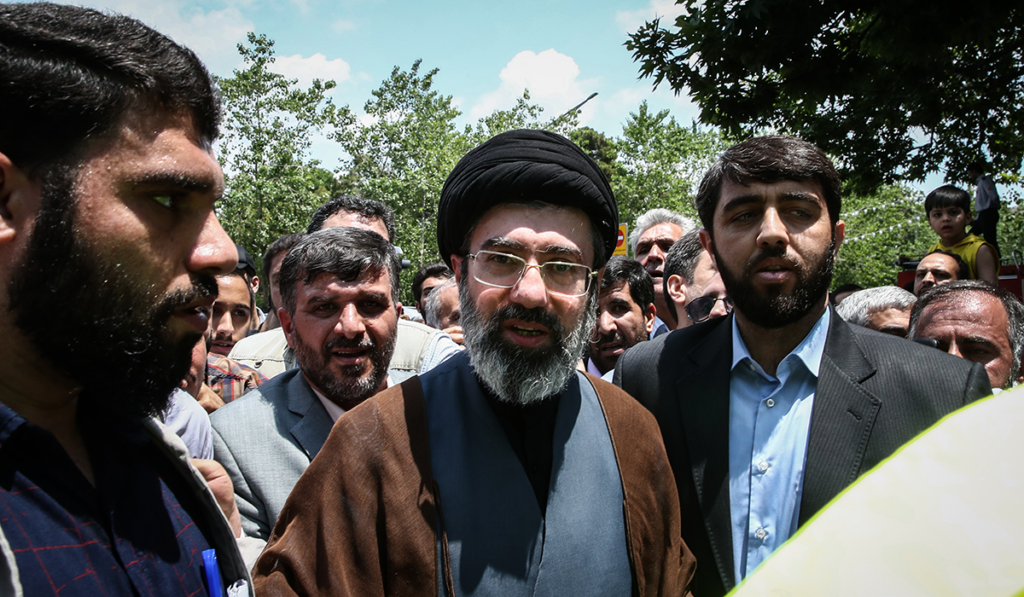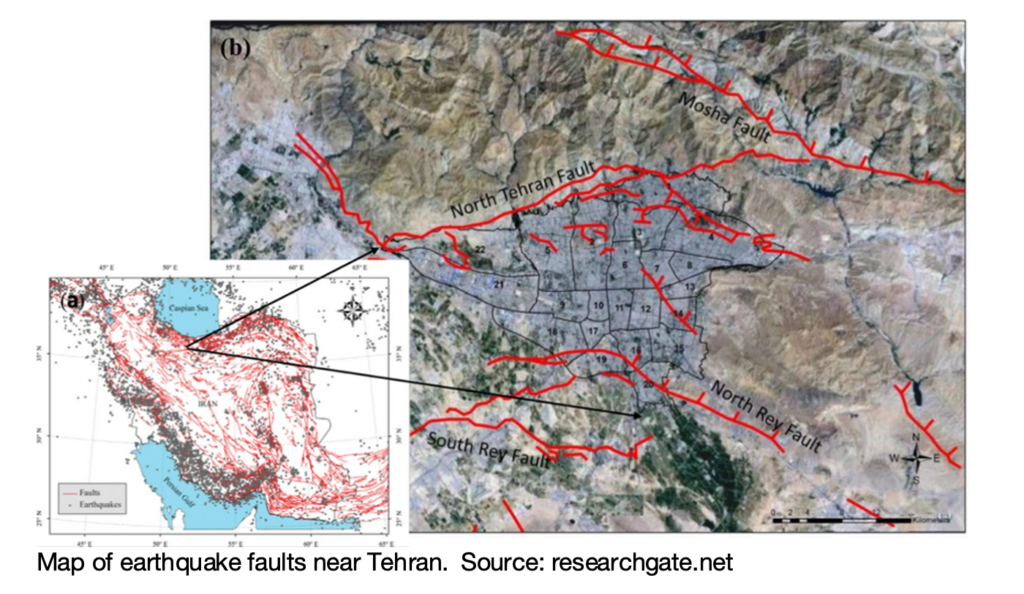Persepolis Now – looking at the future of Iran

It is easy to take democracy for granted. In July, the UK had an election. People voted in a free and fair manner, the votes were counted within 12 hours, and the sitting prime minister gave up power and departed the next day.
Many countries are not so lucky. According to Freedom House, over a quarter of the World’s countries are classified as “Not Free” while another sizeable chunk are only “Partly Free”.
While even the most successful democratic leaders are only in power for around 8-12 years, autocrats can stay in power for decades. On PB, we naturally focus on democratic elections – which parties are up and who is down – and a 4-5 election cycle means there is usually plenty of interest, however, I would argue that because change is more infrequent in autocracies, when it happens it has the potential to make a much bigger impact.
If we look at the current leaders of the most powerful autocracies, we can see the following:
Saudi Arabia – King Salman (aged 88) – reportedly not in the best of health but has already handed over a large amount of power to his son Mohammed bin Salman (aged 39) so we can expect a smooth succession.
Qatar – Tamim bin Hamid Al Thani (aged 44) – he succeeded his father in 2023 and can expect to be around for decades.
North Korea – Kim Jong Un (aged 42) – Relatively young but has an unhealthy lifestyle. Has been promoting his underage daughter more lately.
China – Xi Jinping (aged 71) – The PRC has never been a democracy, but until recently there was an element of leadership transfer every 10 years. Xi ripped that up by continuing for a 3rd term and may now intend to stay for life.
Russia – Vladimir Putin (aged 71) – Has perhaps looked a little less secure in power following the Ukraine war but critics still have an unfortunate habit of falling out of windows.
Iran – Ayatollah Ali Khamenei (aged 85) – Has been in poor health reportedly and the most likely country to see an imminent change in power.
Iran or Persia is one of the oldest countries in the World dating back to the Achaemenid dynasty who fought against the Ancient Greeks. For most of its history, Iran was a monarchy under various Iranian and foreign dynasties. The 1979 Iranian revolution ripped all of that up and replaced it with an entirely new system of government.
Iran has a civilian government with an elected president, but all the critical decisions are made by the Supreme Leader. Iran’s revolutionary leader Ruhollah Khomeini created the office of Supreme Leader for himself based on a concept called Velayat-e Faqih (guardianship of the Islamic Jurist). This was controversial amongst many other Ayatollahs, who were sidelined, but effectively turned Iran into a theocracy, with the Supreme Leader being the ultimate authority on both religious and secular matters.
The Supreme Leader is, in theory, solely elected by the 88 members of the Assembly of Experts. This assembly is elected alongside the parliament; however, all candidates have to be pre-approved by the 12-man Guardian Council (only 138 out of 510 candidates survived vetting in 2024). The Guardian Council, in turn, comprises 6 clerics selected by the Supreme Leader and 6 jurists selected by parliament from a list provided by the Chief Justice (who is also appointed by the Supreme Leader).
This will only be the 2nd succession in the history of the Islamic Republic. Ruhollah Khomeini was able to lead through the force of his charisma and handpicked Ali Khamenei as his successor, who was then rubber stamped by the Assembly of Experts.
Khamenei does not have the same charisma and has ruled by balancing out different factions within the Islamic Republic. He has not named a successor to date.
Until recently, the 2 most talked about successors were President Ebrahim Raisi and Mojtaba Khamenei, the Supreme Leader’s son. Raisi was not universally popular, but his death in a helicopter crash earlier this year was a shock. Mojtaba Khamenei (aged 55 picture below) is close to the Islamic Revolutionary Guards Corp, but many would find his potential succession to be too reminiscent of the overthrown Shah. Right now, it’s unclear who will be the next Supreme Leader.

This makes the succession fraught with danger for the regime, especially as it has seen diminishing popular support. We should consider several possibilities for the future of Iran:
Revolution – Not the likeliest scenario but not impossible if the regime mishandles the succession. A democratic Iran could lead to rapprochement with the West and greater prosperity in Iran (western sanctions have really damaged the economy)
Islamic Republic Lite – A new leader makes some concessions to the public and removes the most unpopular elements e.g. the morality police
A more conventional dictatorship – The scenario where Mojtaba Khamenei takes over. Iran nominally keeps the Islamic Republic but resembles a more conventional family dictatorship, e.g. Syria
Civil War – the heart of Iran is populated by Persian speakers, but there are a number of minorities such as Azeris and Kurds. Or war between reformers and hardliners.
Stagnation – Perhaps the likeliest scenario. The hardliners keep control, but the country stagnates.
Whatever happens also promises to upset the balance of power in the wider Middle East. Iran has supported Shia leaders in Syria, Lebanon, Yemen and Iraq and also non-Shia Hamas. This has brought it into conflict with Israel, the West and the Sunni GCC bloc led by Saudi and the UAE.
A new leader may wish to dial back foreign support for some of these groups to shore up his position at home and build a rapprochement with the West; alternatively, he might want to stir up some of these conflicts to generate a rally round the flag effect.
Whatever happens in Iran could be a major turning point for the wider Middle East for good or ill.
Just as a final aside – Tehran (along with Istanbul and Los Angeles) is one of the most dangerous cities in the world for earthquake risk. It is on multiple faults, is overdue an earthquake and now has 16 million people. Many buildings have not been built to modern earthquake standards and it has been estimated that when a quake happens over a million people could die. The Ayatollahs have not done nearly enough to prepare for what will be a monumental disaster.

Gareth of the Vale